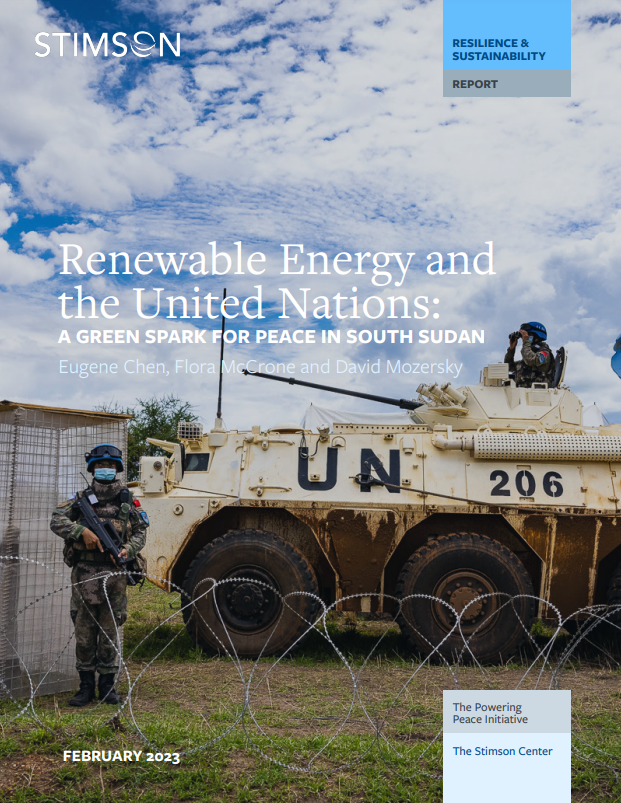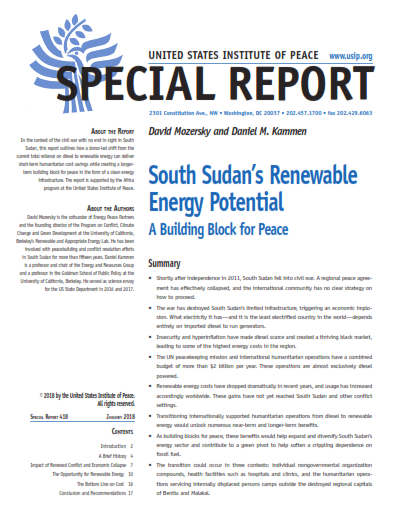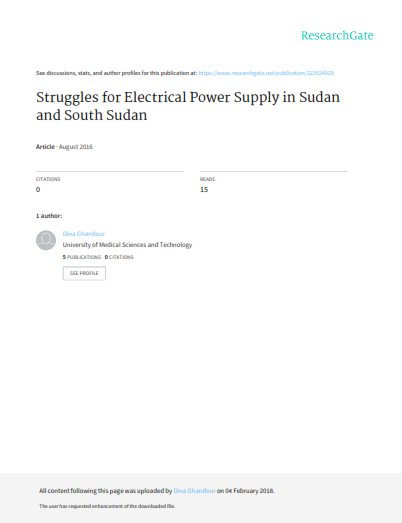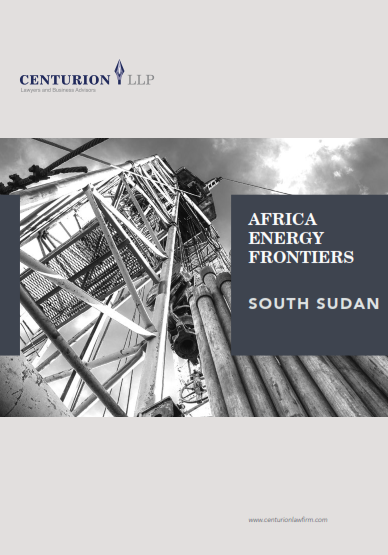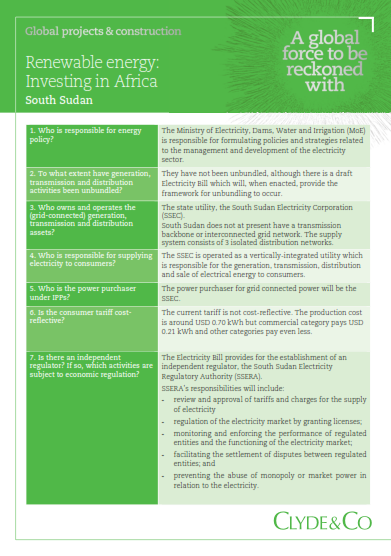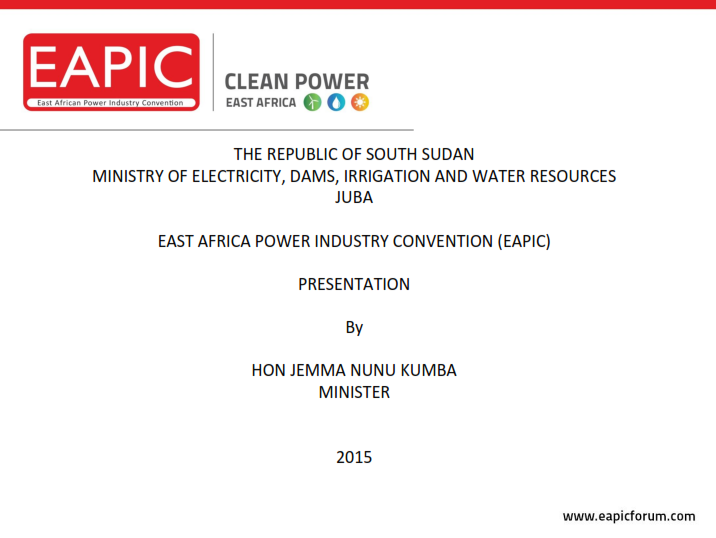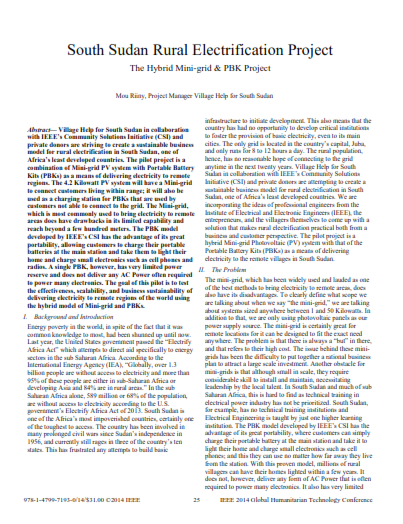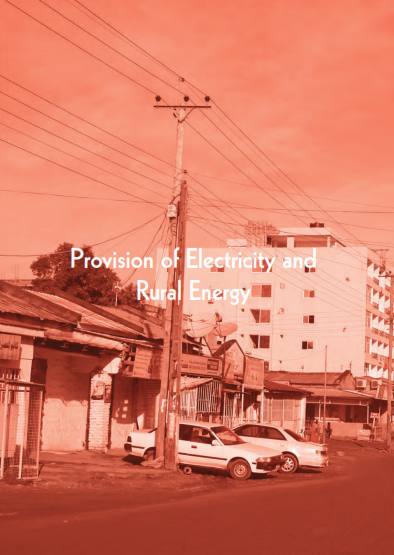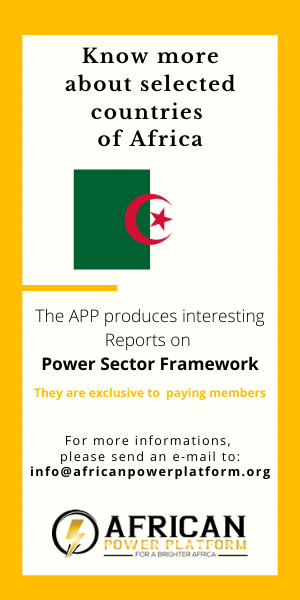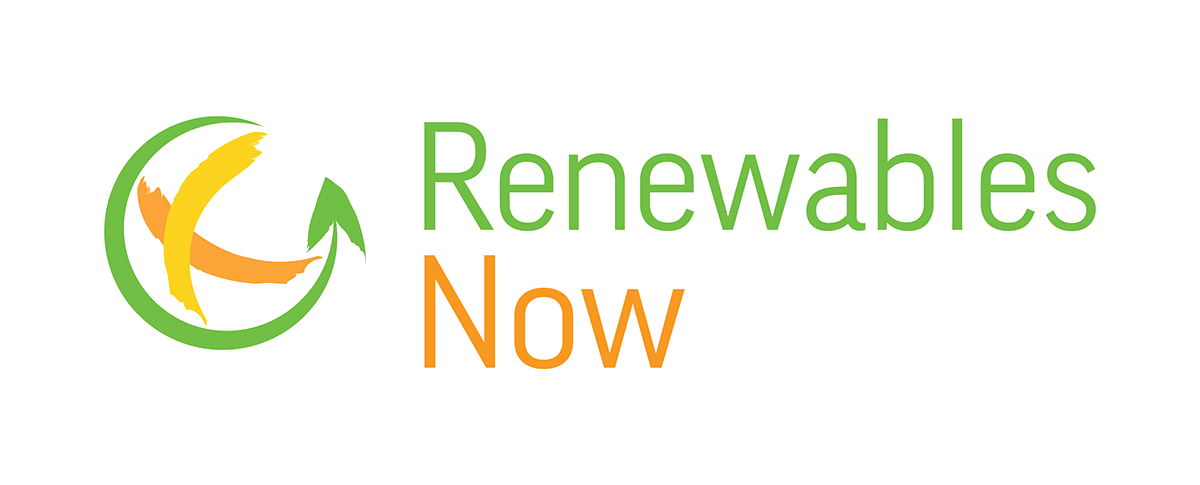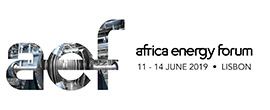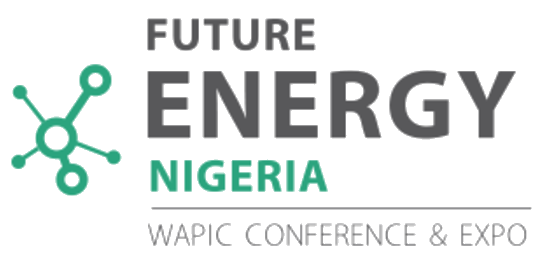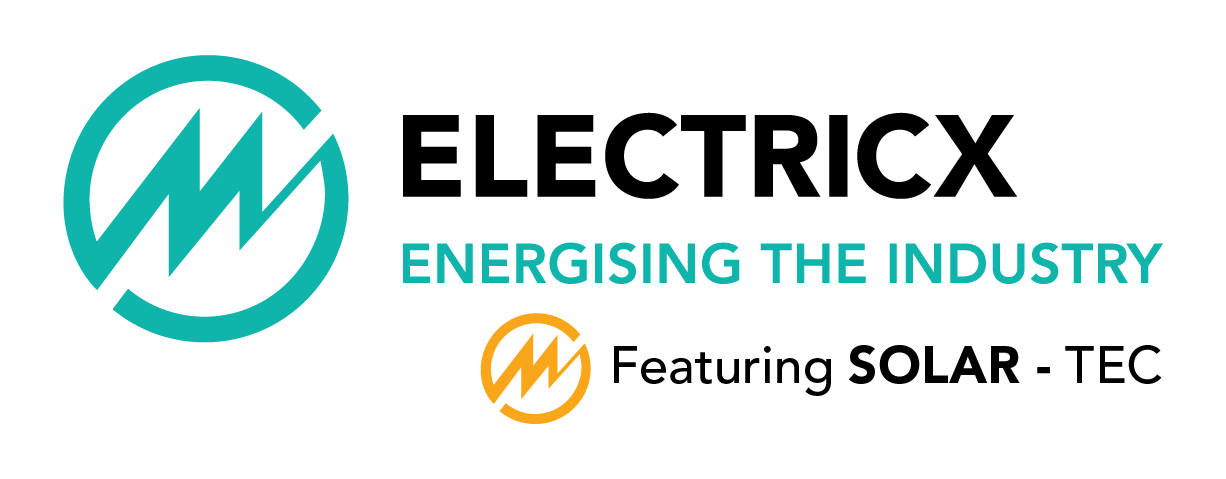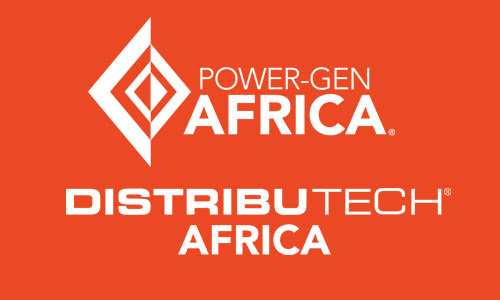We post here the relevant reports for the power sector in South Sudan. Feel free to join our efforts and share us any other you may have found. We'd be glad to add them to the list. Just send an email to This email address is being protected from spambots. You need JavaScript enabled to view it.
Publication date: 24 June 2023
Author: World Bank
Description: South Sudan, a landlocked country in East Africa with a population of over 11 million, has experienced significant levels of fragility, conflict, and violence. At independence in 2011, South Sudan’s economy and infrastructure had been devastated by decades of instability and conflict with Sudan. Human development indicators placed the country among the poorest in Africa. The outbreak and continuation of violence since December 2013 have further eroded South Sudan’s development potential, worsened the humanitarian situation, and deepened vulnerabilities. From August 2019 to April 2020, about 6.35 million people suffered from crisis or acute food insecurity, making South Sudan one of the most foodinsecure countries globally. This has been exacerbated by floods in 2019 which affected 900,000 people and caused wide-spread displacement and destruction. The COVID-19 pandemic, adverse weather shocks, and locust infestations have further intensified an already challenging situation.
Download Report >>
Visit Website >>
Publication date: February 6, 2023
Author: The Stimson Center
Description: South Sudan’s future – and relief from its cycle of conflict – is linked to its reliance on fossil fuels, with limited but possible options for charting a new course. South Sudan’s energy sector is deeply embedded in the country’s conflict dynamics, from the economy’s near total dependence on oil production and the accompanying patronage systems to the reliance on imported diesel for access to electricity.
Creative solutions could help South Sudan break this cycle, and in at least one area – renewable energy – unique opportunities exist for the government and its international and national partners to support the development of a new, more sustainable, and widely accessible electricity infrastructure.
Download Report >>
Visit Website >>
Publication date: 2018, January
Author: USIP
Description: In the context of the civil war with no end in sight in South Sudan, this report outlines how a donor-led shift from the current total reliance on diesel to renewable energy can deliver short-term humanitarian cost savings while creating a longerterm building block for peace in the form of a clean energy infrastructure. The report is supported by the Africa program at the United States Institute of Peace. South Sudan is an immensely large expanse of land with a small population scattered in communities separated by hundreds of kilometers. 99% of the population still has no access to modern energies, and electricity in particular. 83% of the South Sudanese population lives in rural areas.
Download Report >>
Publication date: 2017, October
Author: MED
Description: South Sudan is an immensely large expanse of land with a small population scattered in communities separated by hundreds of kilometers. 99% of the population still has no access to modern energies, and electricity in particular. 83% of the South Sudanese population lives in rural areas.
Download Report >>
Visit Website >>
Publication date: 2016, August
Author: IJBMS
Description: The purpose of this paper is to investigate and focus on the different electrical power struggles faced by Sudan and South Sudan nations, and the main reasons of them, as well as, it has presented the different proposed developmental plans set for improving electrical power supply in the future.
Download Report >>
Visit Website >>
Publication date: 2016
Author: CENTURION LLP
Description: South Sudan is the world's newest nation, having gained its independece from Sudan in 2011. A madure oil producerwith great remaining potential, South Sudan is Africa's sixth largest country by oil reserves, but has been crippled by decades of war. If peace prevails, the nation could be a leader in the growing East African oil industry.
Download Report >>
Publication date: 2016
Author: Clyde & Co
Description: The Ministry of Electricity, Dams, Water and Irrigation (MoE) is responsible for formulating policies and strategies related to the management and development of theelectricity sector.
Download Report >>
Publication date: 2015, August
Author: MEDIW
Description: About 90% dependency on diesel-fired generation that is suffering from limited unit capacity.
Download Report >>
Publication date: 2014, July
Author: altai consulting
Description: Lighting Africa is a joint IFC and World Bank program that seeks to accelerate the development of commercial off-grid lighting markets in Sub-Saharan Africa as part of the World Bank Group’s wider efforts to improve access to energy.
Download Report >>
Publication date: 2014
Author: IEEE
Description: Village Help for South Sudan in collaboration with IEEE’s Community Solutions Initiative (CSI) and private donors are striving to create a sustainable business model for rural electrification in South Sudan, one of Africa’s least developed countries. The pilot project is a combination of Mini-grid PV system with Portable Battery Kits (PBKs) as a means of delivering electricity to remote regions.
Download Report >>
Visit Website >>
Publication date: 2013, December
Author: AfDB
Description: The proposed Bank support to Juba PDSRE Project is in line with the South Sudan Development Plan and South Sudan Infrastructure Action Plan both identifying infrastructure as a core priority for South Sudan. The Bank’s Interim Country Strategy Paper (ICSP) has also considered infrastructure as one of the pillars for the Bank’s intervention.
Download Report >>
Publication date: 2013, July
Author: SE4ALL
Description: Energy needs in South Sudan are predominantly met by biomass, consisting of the burning of charcoal, wood, grass, cow dung and agriculture residues. According to the National Baseline Household Survey of 2012, over 96% of the population use firewood or charcoal as the primary fuel for cooking (which typically constitutes 90% of the energy used in a rural household).
Download Report >>
Publication date: 2013, April
Author: WB
Description: South Sudan has an installed capacity of 22 MW in three isolated distribution networks (major commercial centers) totaling 15 km in length. In FY2011, 22,000 customers (less than 1% of population) consumed about 70 GWh of energy (per capita consumption of about 10 kWh). Currently, electricity generation is thermal based (diesel, heavy fuel oil) which is very expensive (average generation cost is about US$ 0.70/kWh).
Download Report >>
Publication date: 2013
Author: AfDB
Description: The majority of the population in the country uses biomass including fuel-wood, charcoal and grass for lighting and cooking. About 99% and 50% of the population use these resources for cooking and lighting, respectively.
Download Report >>
Publication date: 2012
Author: South Sudan Gov
Description: This Act provides a regulatory framework for the development and management of petroleum activities and other ancillary matters related to petroleum activities in the Republic in conformity with the Transitional Constitution, and for the establishment of a National Petroleum and Gas Commission.
Download Report >>
Publication date: 2011, September
Author: WB
Description: Newly independent South Sudan faces a challenge in making its own way in infrastructure development. Despite earning $6 billion in oil revenues since 2005, South Sudan’s spending has not been proportional to its income, but rather has lagged behind North Sudan’s development of infrastructure and social support.
Download Report >>
Visit Website >>
Publication date: 2009, September
Author: PSDN
Description: The current report is part of the larger project ‘Public Private Cooperation (PPC) in Fragile States’, which has been initiated under the 2007 Schokland Agreement on ‘Network for Peace, Security and Development’. The Network aims to support and encourage the sharing of expertise and cooperation between the different Dutch sectors and organisations involved in fragile states. The focus of this larger project is on tripartite partnerships in order to contribute to fair and sustainable economic growth in fragile states.
Download Report >>
Visit Website >>






